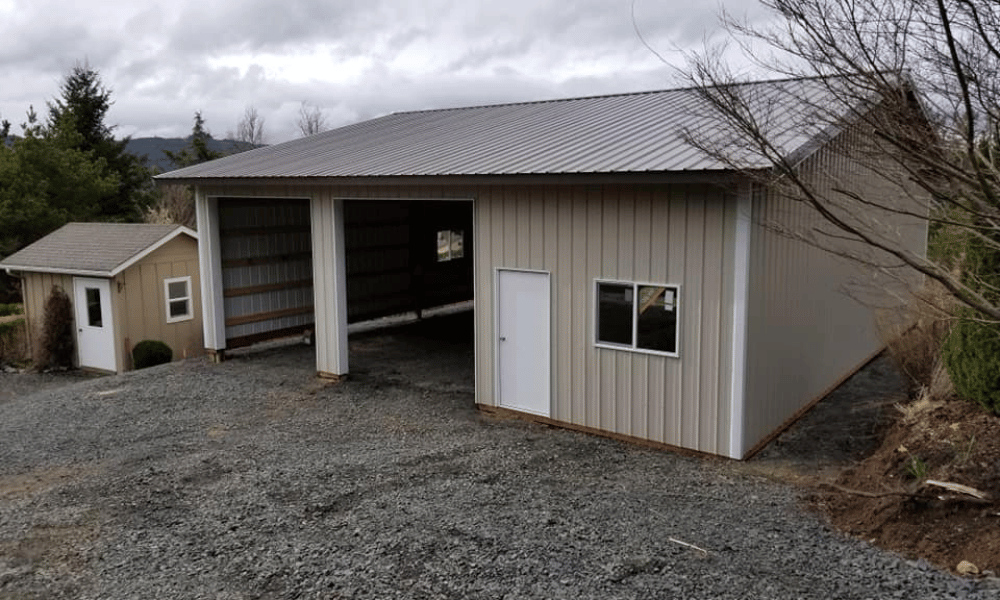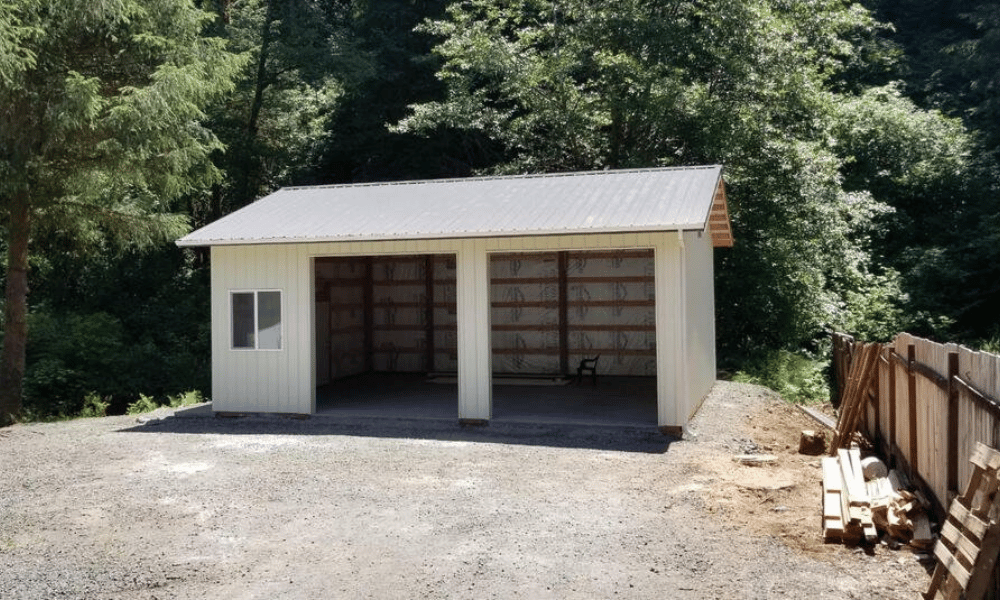Introduction: A Clash of Titans in the World of Structures
When it comes to storage, workspace, or recreational space, the options can seem endless. Two contenders have emerged as popular choices among homeowners: pole buildings and traditional garages. Each has its own unique advantages and drawbacks, making the choice a matter of personal preference and specific needs. But how do they compare when it comes to size, cost, durability, and more? Buckle up as we embark on an adventurous journey through the world of pole buildings versus traditional garages!
Let’s Talk Size! How Do Pole Buildings Stack Up Against Traditional Garages?
So here's the million-dollar question: how do pole buildings stack up against traditional garages in terms of size? https://penzu.com/p/4f47c40833d328c1 The answer isn't as straightforward as you might think.
Pole Buildings: An Overview
First off, let’s dive into what exactly pole buildings are. These structures are typically built using a post-frame construction method that involves setting wooden poles in the ground to serve as support beams for the roof. This design allows for wide-open spaces without the need for interior load-bearing walls.
- Space Utilization: Thanks to their open design, pole buildings maximize usable space. You can easily fit larger vehicles or machinery inside without worrying about obstructions. Customization Options: With various sizes and configurations available, pole buildings can be customized to fit your specific needs—be it a workshop, a barn, or simply extra storage.
Traditional Garages: A Time-Tested Choice
Now let's take a look at traditional garages. Often constructed with bricks or concrete blocks, these structures have been around for decades and have a classic appeal.
- Standard Sizes: Most traditional garages come in standard sizes (1-car, 2-car), which may limit your options if you need something larger. Separation of Spaces: Traditional garages often have walls separating spaces, which can make them feel cozy but may also restrict how you utilize that space.
The Size Showdown
Now that we've established what both structures are about let's get down to business with a comparison:
| Feature | Pole Buildings | Traditional Garages | |-----------------------|------------------------------------|-----------------------------------| | Usable Space | Maximized open areas | Limited by walls | | Customization | Highly customizable | Standardized options | | Height Options | Can be built taller | Generally lower ceilings | | Ground Preparation | Minimal site prep required | Requires more foundational work |

As you can see from this table, it's clear that pole buildings offer some distinct advantages when it comes to size and usage flexibility. Whether you're looking for space to park multiple vehicles or create a workshop paradise, pole buildings stand out as versatile champions.
Cost Considerations: Are Bigger Costs Better?
One can't talk about size without considering costs! So how do these two alternatives fare when it comes to budgeting?
Initial Investment
Generally speaking:
- Pole Buildings tend to have lower initial set-up costs due to simpler construction methods. Traditional Garages, while sturdy and reliable, can put a dent in your wallet thanks to higher material costs and labor fees associated with masonry work.
Long-Term Costs
But don’t forget about long-term expenses:

- Maintenance costs for pole buildings are often lower due to fewer materials being involved. Traditional garages might require upkeep like roofing repairs or foundation work over time.
A Cost Breakdown Table
Here’s a simple breakdown:
| Cost Factor | Pole Buildings | Traditional Garages | |------------------------|------------------------------------|-----------------------------------| | Initial Construction | Low | High | | Material Expenses | Lower | Higher | | Maintenance | Minimal | Regular upkeep |
In summary, when comparing costs between these two options, it's evident that pole buildings provide a more budget-friendly solution without sacrificing quality or functionality.
Durability Matters: Which Structure Wins?
While size and cost are significant factors in deciding between these two types of structures, durability is paramount too!
What Makes Pole Buildings Durable?
Pole buildings are designed with resilience in mind:
- Constructed using treated wood poles that resist rot. Roofs made from metal or shingles designed to withstand harsh weather conditions.
The Strength of Traditional Garages
On the other hand:
- Traditional garages often boast sturdy brick or concrete walls. They can withstand high winds and heavy snow loads effectively.
Durability Comparison Table
To illustrate this further:
| Durability Factor | Pole Buildings | Traditional Garages | |------------------------|------------------------------------|-----------------------------------| | Weather Resistance | High | Very High | | Longevity | 30 years + | 50 years + | | Maintenance Required | Low | Moderate |
Ultimately both constructions stand strong but differ in maintenance requirements!
Design Flexibility: Creativity Unleashed!
When considering size options for your storage needs, design flexibility cannot be overlooked!
The Artistic Flair of Pole Buildings
With no interior load-bearing walls:
- You can customize layouts extensively—think open workshops or expansive party venues!
Creative Uses for Pole Buildings
- Home offices Crafting studios Animal shelters
Traditional Garage Designs
While traditional garages may feel constrictive due to their fixed nature: You can still add windows, doors—or even convert them into living spaces if necessary!
Potential Transformations
Man cave/She shed Game room Extra guest roomFAQs About Pole Buildings vs. Traditional Garages
Here are some frequently asked questions regarding these two structures:
What is the average cost difference between a pole building and a traditional garage?- On average, pole buildings cost around 20% less than traditional garages due to simpler construction techniques.
- Yes! Generally speaking; however always check local zoning laws before proceeding.
- Maintenance is minimal for pole buildings; regular inspections should suffice while traditional garages may need yearly checks on roofs & foundations.
- Insulation techniques vary; many homeowners opt to insulate their garages more rigorously due to their typical use as car shelters.
- Generally speaking; properly maintained traditional garages hold their value better over time but well-built pole barns also retain good resale value if constructed credibly!
- Yes! Both types typically offer various financing plans depending on builders so shop around before committing!
Conclusion: The Final Verdict
So there you have it—the ultimate showdown between two titans in the world of storage solutions! In terms of sheer size adaptability and cost-effectiveness; it's hard not to lean towards pole buildings as exceptional choices that meet diverse needs without breaking budgets!
But remember—what works best ultimately boils down directly into YOUR individual requirements; whether that means opting for sturdiness found within tradition OR embracing innovative designs offered by modernity—both paths lead towards fulfilling those unique aspirations you've dreamed up!
So take your time pondering over all considerations presented here today before making any final decisions because after all… this isn’t just about choosing between two kinds of structures—it’s about crafting an adventure uniquely tailored just FOR YOU!